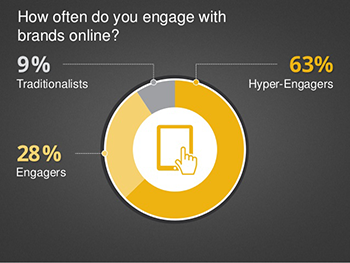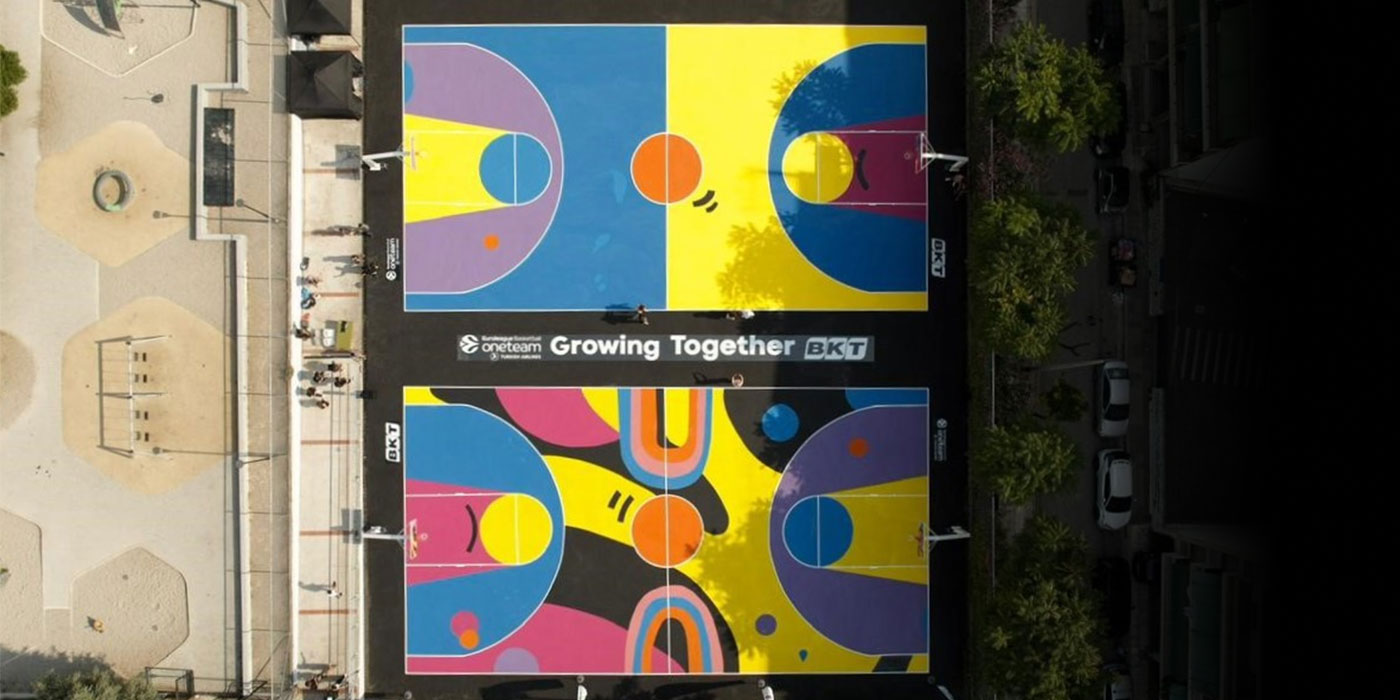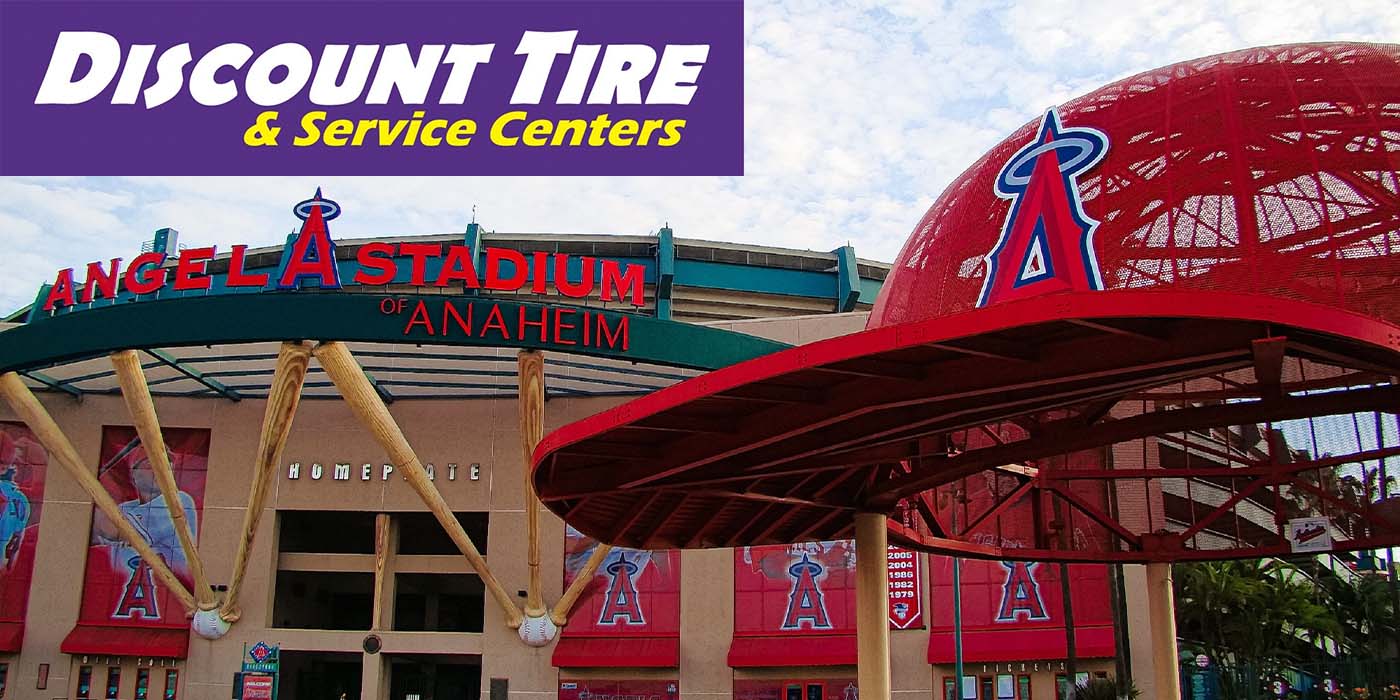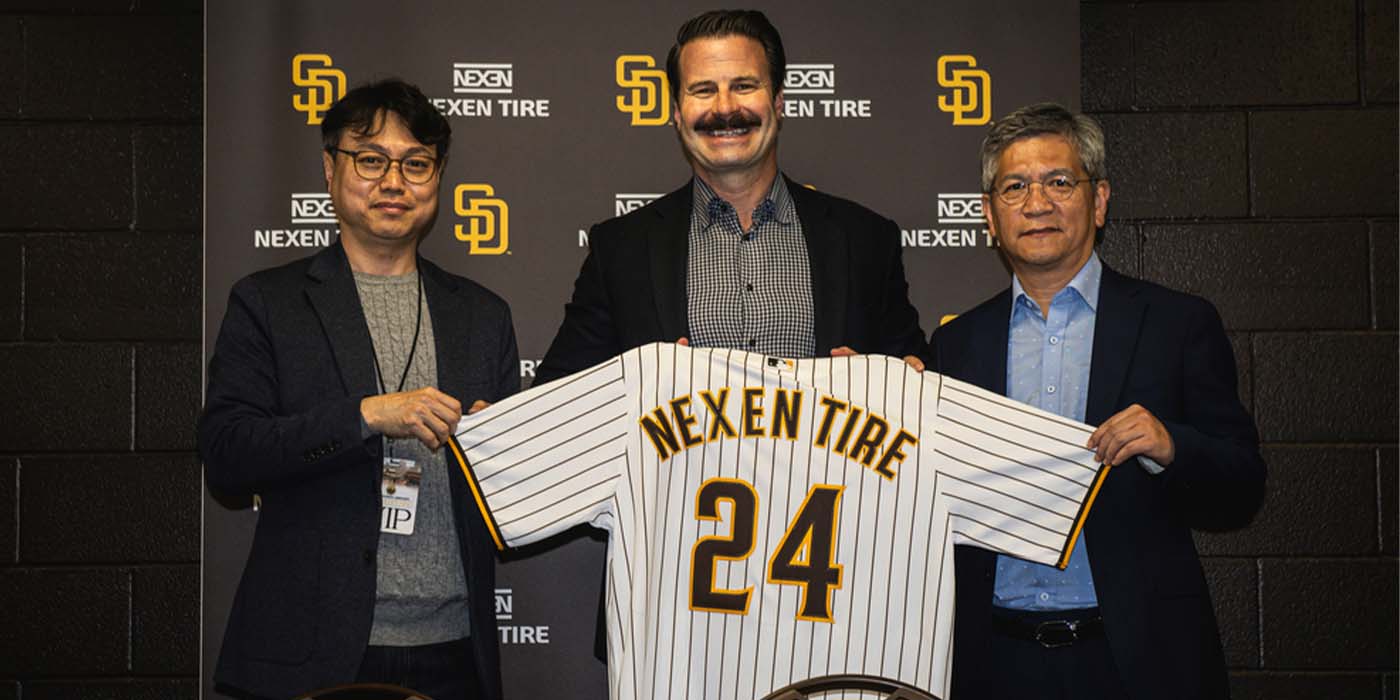 There’s no doubt that consumers’ online activity has made a massive, lasting impact on marketing strategy. More than 2 billion consumers go online regularly, thanks to exponential growth in connectivity and devices like smartphones and tablets, according to a recent Google study entitled, “Brand Engagement in the Participation Age.”
There’s no doubt that consumers’ online activity has made a massive, lasting impact on marketing strategy. More than 2 billion consumers go online regularly, thanks to exponential growth in connectivity and devices like smartphones and tablets, according to a recent Google study entitled, “Brand Engagement in the Participation Age.”
“Consumers have moved from leaning back, receiving brand mess-ages, to leaning forward, actively engaged with them,” states the Feb- ruary 2014 study, which cited six core engagement insights that can be used to help evaluate, modify and actively manage an online engagement strategy.
For the study, Advertising Age and Google conducted two parallel surveys: a consumer survey that studied how consumers engage with brands and an industry survey that looked at how marketers, agencies and media companies engage with consumers.
Though the takeaways most naturally fit with global brands and mega-corporations, they do offer important perspectives for small business owners. To help translate these big-picture ideas into strategies that can benefit tire dealers, we spoke with marketing experts regarding the four insights that are most relevant to small businesses. (To view the study in its entirety, visit bit.ly/brand-engagement.)
What is Online Engagement?
The current working definition of “engagement” in the online industry is: “a spectrum of consumer advertising activities and experiences – cognitive, emotional and physical, that will have a positive impact on brand,” according to the Making Measurement Make Sense industry collaboration.
While this meaning of online engagement does not require interactivity – a click-through or online purchase, for example – the terms “engagement” and “interaction” often are used interchangeably. Keep that in mind when reviewing the study’s insights below.
Engagers Buy More
When examining or forming your shop’s online engagement strategy, it’s valuable to have an understanding of consumers’ online habits. According to the study, “Generation C” is the always-online, device-carrying con- sumers of the “Participation Age” that have a high propensity to engage.
Roughly 90.8% of consumer survey respondents regularly engage with brands online, falling into one of two categories: hyper-engagers, at 62.8% of respondents, who engage with brands online at least once per week; and engagers, at 28% of respondents, who engage moderately with brands online at a frequency of less than once per week, the study says. At 9.3% of respondents, traditionalists tend to avoid engagement with brands online.
As you probably guessed by now, it’s the hyper-engagers and engagers you should go after through your dealership’s online marketing strategy.
“A comparison of the engagement and purchasing tendencies of hyper-engagers to that of engagers reveals that those who engage more purchase more,” the study notes, not surprisingly. “Hyper-engagers are more than four times more likely to purchase a product online every day or multiple times per week than engagers.”
Just how can you reach these hyper-engagers and engagers? According to George Day, development operations director at PCGCampbell, a marketing and public relations firm in Dearborn, Mich., many tire dealers already are partway there due to their customer relationships.
“That high level of customer service must be employed anywhere their company is touching their customers, not just at the sales counter,” he ad-vises. “If they have a digital presence, their customer service needs to be tied directly to monitoring that.
For example, if a customer makes a complaint on a Facebook page, the customer service department needs to be engaged in responding to that person publicly – because they’re complaining publicly.
“That could be your engager or hyper-engager – you don’t know until it’s too late,” Day adds. “You have to treat everyone like they’re a hyper-engager.”
According to Stephen Leu, Nitto Tire USA Inc.’s assistant brand publishing manager, the first step in identifying hyper-engagers and engagers is to start capturing your customers’ information.
“Whether it’s through Facebook, an email program or your POS software, identify who your customers are and monitor their social media behavior,” he explains. “Do they post a lot? Do they share content? Do they have a lot of interaction with their peers and colleagues? When you see an individual who has a lot of clout on the Web, that’s who you need to capitalize on.”
Leu adds that for the automotive aftermarket, one area with high online consumer activity is discussion forums. “In these forums, each individual user can choose to post their location by city and state. This is another place to find hyper-engagers,” he notes.
Inspire Engagement, Win Fans
The Google/Ad Age study states that consumers can be inspired to engage by aligning brand advertising with consumer passions across a wide array of channels – video, online and social channels, for example.
“Many hyper-engagers are open to inspiration from any digital channel,” the study states. “For example, 41.8% are inspired to engage with brands due to the quality of a brand’s website, 29.5% by a company’s presence in social media and 26.7% are inspired by online banner ads. This suggests that brands can benefit even more when different channels work together.”
To employ this, make sure your customers’ in-store and digital experiences are connected and that your brand is portrayed consistently, Leu says, adding “A lot of times when small businesses try to do online marketing, it’s kind of disjointed. There’s one person who handles the digital side, then there’s a different person for the in-store experience.”
An example of a disjointed customer experience would be a shop that pushes a social media ad targeting its local area for a buy two, get two free tire promotion, but when a customer enters the store, the staff isn’t aware of the promotion.
“So what’s being advertised and what’s said in the showroom aren’t consistent,” Leu notes. “That’s a horrible consumer experience, and it’s an easy mistake for a small business to make. Having that connected, consistent consumer experience is important.
“In most cases, consumers seek out what to buy based on their on-line research,” he adds. “Whatever information they gather there needs to be consistent with what they’re going to experience in the store.”
Measuring Engagement
It goes without saying that in order to increase online engagement, you must first know how to identify and measure it.
Among industry survey respon-dents who quantify engagement value, “more than 20 metrics are used to help gauge engagement. Interaction rate is the metric with the greatest importance to the greatest number of respondents in the expert executives segment,” according to the Google/Ad Age study. “Other metrics making up the top 10 most important metrics to the expert executive segment include reaching influencers, driving traffic, sales/ROI, cost-per-engagement and conversions.”
For starters, small businesses can look to social media to provide good base metrics for a campaign’s ability to spur engagement.
“If you’re running an ad in a local newspaper or trying to do something on local radio, all you get is geography,” Nitto’s Leu says. “With social media advertising, you get geography and so much more – you can target by age, gender, interest type, etc. You can then use Facebook metrics, for example, to see what kind of traffic goes to your website.”
Joe Vandervest, chief information officer for PCGCampbell, advises tire dealers to start small by watching and measuring social media pages. “Be sure you understand what you’re measuring; a lot of people will take a number that doesn’t have a lot to do with selling something or performing a service, it just looks good because it increases – they call that a vanity number,” he says.
“You want relevant metrics that mean something: the number and severity of complaints; customers you reached through Facebook who made a purchase, etc.
“Your Facebook dashboard gives a wealth of information as far as user name and contact information, Vandervest adds. “At the very basic level, you can use that data and com-pare with your customer base (to identify hyper-engagers and engagers). You can do this with Excel; you don’t need fancy or expensive services. You just have to find the right people with an affinity for numbers who are trained to interpret this data.”
Focus on Online Ads
According to the Google/Ad Age study, “Online ads actively engage consumers and move them to take action, such as to make purchase decisions. The influence online ads have on purchase decisions makes a compelling case to include online advertising as a channel in a brand’s engagement strategy.”
Interestingly, the study found some discrepancies between what consumers and advertising professionals find most important when considering online ads. The highest number of consumer respondents (52.3%) ranked “presents information on a product or service that I want to learn about” as being an important feature. While this also ranked highest among industry respondents (69.8%), the next few features are where the discrepancies lie:
- Compared to 43.3% of consumers, 69.8% of industry respondents chose “aesthetically pleasing” as being important
- “Noticeable placement” garnered 65.7% of industry respondents and only 34.1% of consumer respondents
- “Ability to interact (click to play, skip, share, purchase product)” was important to 61.5% of industry respondents, but just 36.1% of consumer respondents
With that in mind, when it comes to online advertising, Leu recommends focusing on brand awareness first, then on some type of offer.
“Once your presence has been established or you have a steady following, an offer is very important,” he says. “It doesn’t have to be monetary – it can be for a community event or tire safety and maintenance tips. After a certain point, your advertising has to be more than just, ‘Hey, I’m here!’”
“I think it comes back to presenting consumers with a product or service they want to learn about, specifically responsiveness and customer service,” PCGCampbell’s Day adds. “Because customer service doesn’t always seem to be emphasized like it was 20, 30 or 40 years ago…it’s easy for the customer to feel like a number. So it’s helpful if your advertising emphasizes the individual customer.”
Vandervest notes that some sensitivity to the demographic of hyper-engagers and engagers is important.
“You should hit the young people who live on their devices in a different way in terms of an ad or an offer than you do the middle-aged person who goes on Facebook once or twice a week,” he says. “The hyper-engagers are flying; they have a lot of things they look at in a day, so you’ve got to have information that’s clear and concise so they can make a decision whether they’re interested or not.”
Online marketing isn’t an exact science and it’s constantly changing. Though the challenge is real, sitting back and hoping it will go away isn’t an option.
As you form or fine-tune your shop’s online marketing strategy, focus on engagement. That, combined with taking steps to reach hyper-engagers and engagers, will help you drive your dealership’s brand with consumers.













